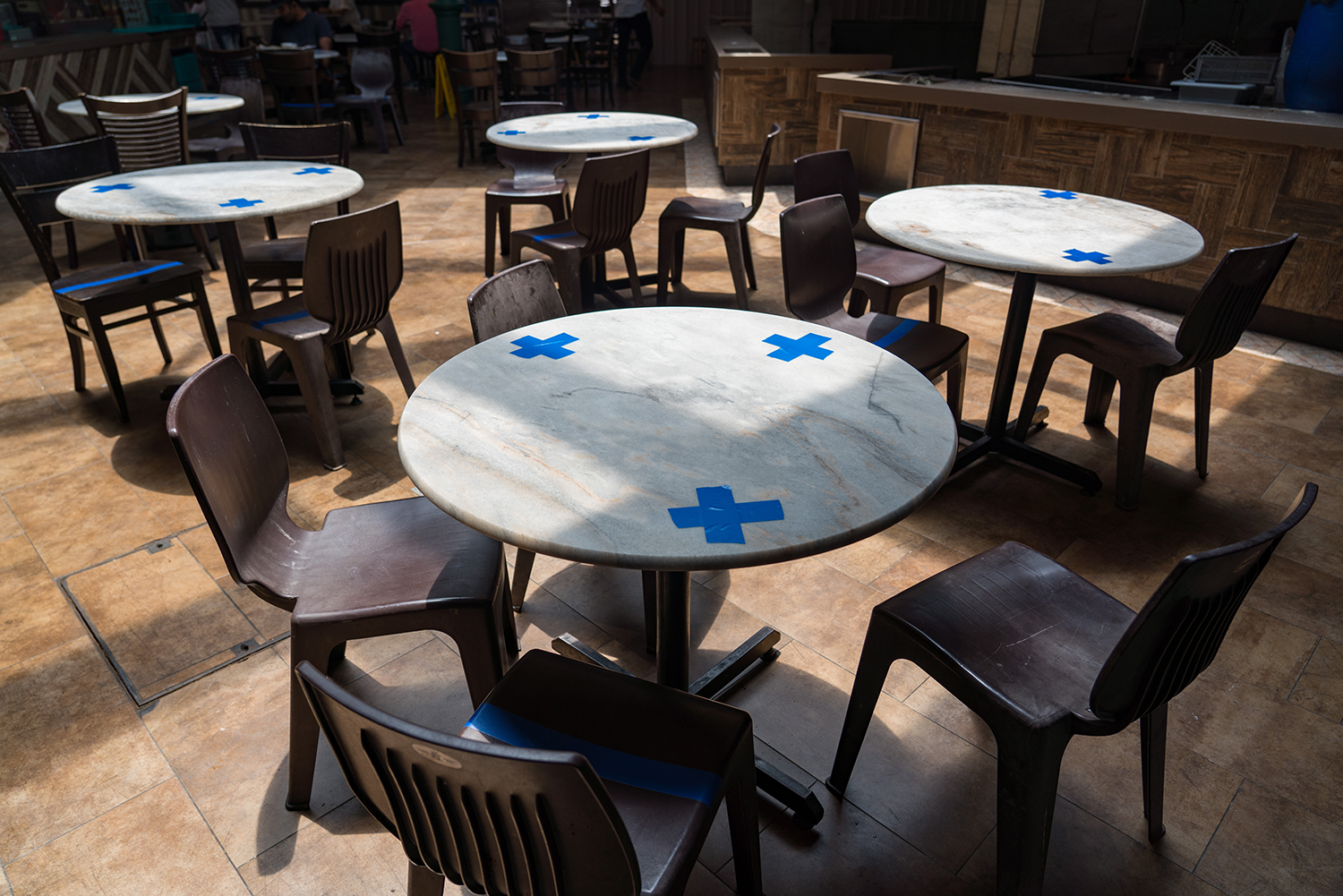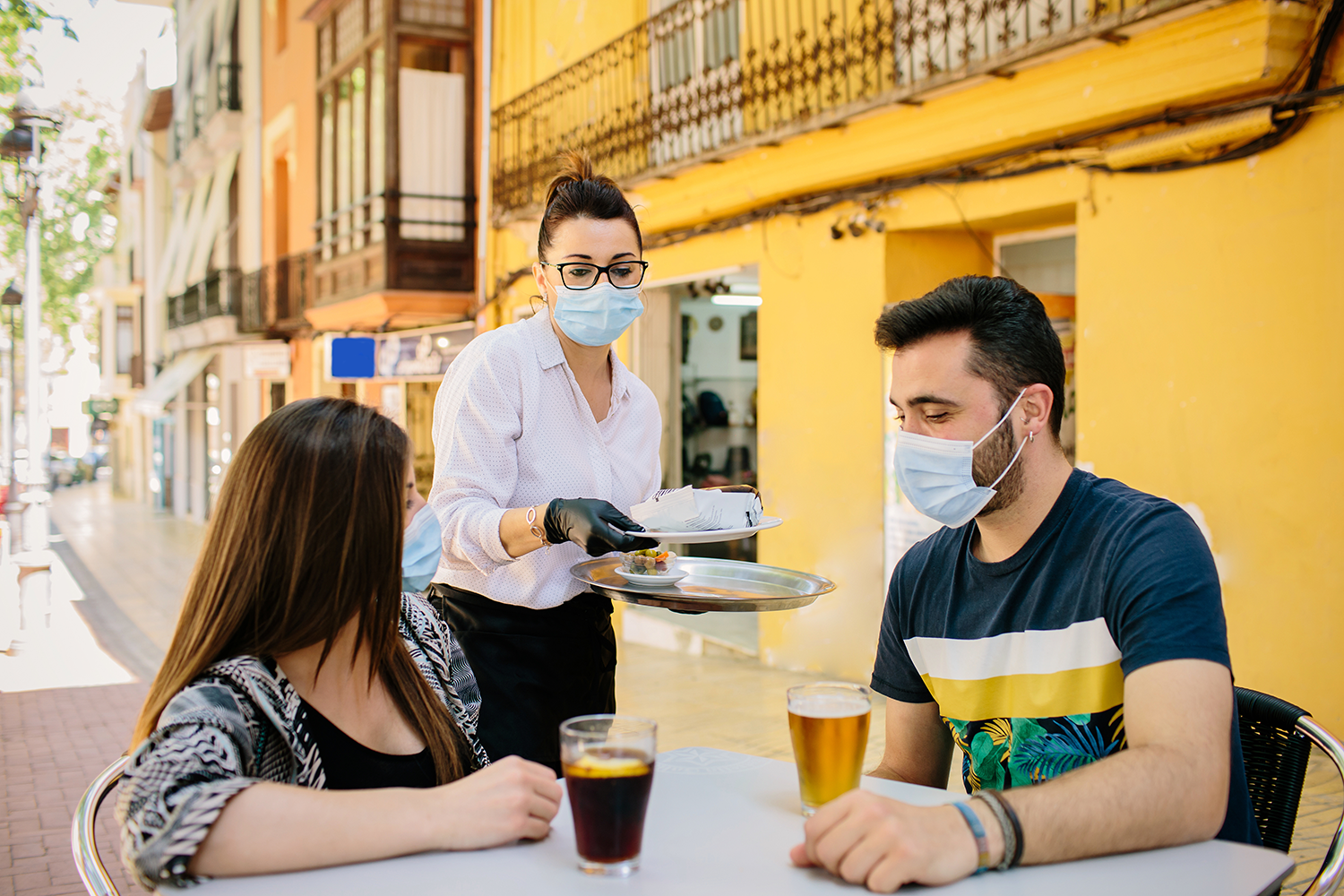By Dhritiman Ranawat, Contributor
It’s been about 5-6 months since the coronavirus pandemic took to extreme severity. Since then, at the time of writing this article, the number of confirmed cases in the US alone hit 4.8 million.
However, given the fact that the duration of the lockdown in most countries has exceeded anticipation, businesses are not pinning much of their hopes on a working vaccine in the near future. Instead, many are increasingly pivoting different strategies to combat the crisis instead to prepare for a second wave and still remain in business.
Chief among these new COVID-restaurant strategies is the shift towards ordering online, not renewing leases, and moving completely towards a cloud-kitchen model, among other new business tactics.
Sadly though, not every restaurant establishment can easily move towards these models. In many cases, it would be an ineffective strategy given their positioning in their market which necessitates having a physical location that relies on walk-ins.
In such cases, it makes sense to adapt to the new normal. Even if it is only for the medium term, it makes a whole lot more sense for many restaurants. We covered how to reopen your restaurant previously.
If your local government allows for your restaurant to reopen and you need to take in-person guests to stay afloat, it’s paramount that you stay ahead of the curve when it comes to taking precautionary measures against the spread of the virus. Not only will this keep your staff and guests as safe as possible, but also solidify your relationship with your local community.
We have listed a few things below that restaurateurs and café owners can undertake which will minimize risks for their customers as well as their employees during the COVID-19 pandemic.
Restaurant Seating Arrangements
Restaurant Interior Seating Design
Let’s begin with the most obvious strategy. A standard six-feet rule is simply not going to work out for most restaurants in their current dining room setup. Most establishments pack in as many tables which easily break current social distancing guidelines which can run afoul of local regulations and make in-house guests feel unsafe. At the same time, spreading guests out can translate to lost revenues for your restaurant.
Instead, restaurants should rethink their seating arrangements and work towards occupying areas and corners that were previously left unused – a balance between keeping occupancy close to pre-COVID levels while maintaining safe social distancing protocols.
This could also mean some compromise from the restaurant owners’ side. For instance, if an upscale restaurant has been using round dinner tables as a part of its initial design philosophy, it may have to work around by using alternative furniture designs that will help with the overall spatial strategies – restaurant booths, turning bar-counters into food dining arrangements, and so on.
Restaurant owners and operators should do a granular assessment of their current seating arrangement and look for ways of changing arrangements to maximize capacity while maintaining social distancing.
Restaurants that have made significant changing to their internal seating arrangements should also seek to communicate those changes as seeking to keep the community safe by using placards, messages on the menu, notes on their website, social media, and email newsletters.
Operators should also consider their financial situation when looking to re-design their dining rooms with great furniture designs. Shop smart, think outside the box, and aim for that entrepreneurial spirit that permeates in the restaurant industry.
Restaurant Exterior Seating Design
Operators should also look to reclaim seating areas outside of the restaurant. Firstly, the wide-open outdoor areas are considered safer than interior locations. Your guests will appreciate being able to enjoy your establishment’s amazing food in a safer environment. Secondly, an outdoor seating arrangement allow you to also reclaim guest capacity lost from needing to redesign your interior dining rooms to establish proper social distancing.
When designing your restaurant’s exterior seating plans, you’ll still want to keep proper social distancing protocols in mind. Just because outdoors is safer doesn’t mean you want to cram guests in like sardines.
You’ll also want to make sure your furniture is built for the outdoors (waterproof & sun proof) while remaining comfortable. Depending on your immediate area, you may also want to invest in a sunshade or tent to keep guests from burning during the summer.
If an immediate outdoor seating area isn’t already built-in to your restaurant’s surroundings, you may inquire into your local government about utilizing some sidewalk space or even the street. Some municipalities are already shutting down streets to allow restaurants easier access to outdoor dining space.
So spruce up your outdoors, get some great outdoor tables and chairs, and work your way through more customers!
Designated Transfer Spots
Running a restaurant often involves several hand-to-hand transfers – everything from picking up food, dropping it off, bringing back dishes, and paying the bill. Each interaction also increases exposure risk.
Restaurants should have designated transfer spots that are properly covered and that are adequately supplied with sanitized stands to maintain containment to the fullest extent possible.
Restaurants may also want to consider implementing tableside tablets or other forms of in-person electronic ordering. This allow guests to order their meals and pay their bills without the need of handing over cash or their card to their servers. Each electronic should be thoroughly sanitized between guests and restaurants should leave hand sanitizer bottles on the tabeletop, by the door, and at other high-frequency areas.
New Protocols & Procedures
The FDA has already issued guidelines on how hospitality establishments should operate during the pandemic. Restaurants should keep close tabs on the latest COVID-19 news, guidelines and regulations on the FDA website.
However, it so happens that these protocols can always be improved. Operators should establish a clear procedure for frequency of sanitizing various spots in the restaurant and constantly be on the look out for additional guidelines issued by the CDC or the FDA.
Improved Restaurant Ventilation
Several authorities have maintained that better ventilation and circulation is a way to contain the spread of the virus. Stifled indoors are a breeding house for the virus.
Restaurants can ensure maximum ventilation and fresh air flow by way of open windows, doors, and balconies. That being said, the authorities have made it abundantly clear that this should not be done to the detriment of personal health. Which means that this measure should be avoided if the outdoor temperatures are severe or if the visitors have underlying allergies like asthma or other respiratory illnesses.
All in all, some of these measures will certainly be inconvenient to employees and customers alike. However, a well thought-out plan with clear and honest communication of the changes can have a positive impact for your business and the community over the long term.
Guests love restaurants who care about people more than revenue and profit numbers. That is not to say that the numbers should take a back seat but both of them should go hand in hand for maximum impact. Business changes that are made for the greater good should be amply communicated and used as a competitive moat.
About the Author:
Dhritiman Ranawat is an interior design specialist for restaurants & hotels and the founder of FurnitureRoots.com. He has worked with multiple restaurant & hotel chains across the globe and worked multiple turnkey furniture projects on-site.












![State of the Restaurant Industry 2021: Post-COVID Edition [INFOGRAPHIC]](https://images.squarespace-cdn.com/content/v1/56a2785c69a91af45e06a188/1624456093617-7MNR7QR90WNFTYRI8W5D/State+of+the+Restaurant+Industry.png)



